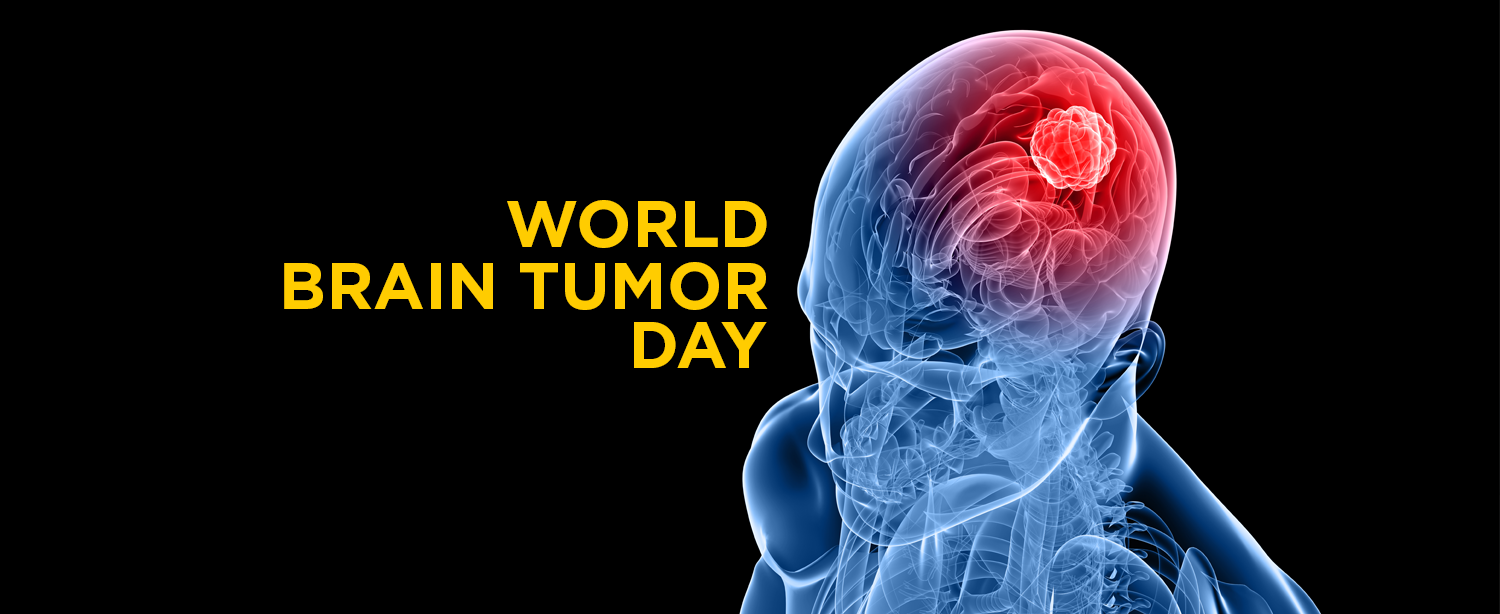What is a brain tumor? It is a mass or growth of abnormal cells in your brain. Many different types of brain tumors exist. Some brain tumors are noncancerous (benign), and some brain tumors are cancerous (malignant). Brain tumors can begin in your brain (primary brain tumors), or cancer can begin in other parts of your body and spread to your brain (secondary, or metastatic, brain tumors).
How quickly a brain tumor grows can vary greatly. The growth rate as well as location of a brain tumor determines how it will affect the function of your nervous system. The treatment options depend on the type of brain tumor you have, as well as its size and location.
Over 120 different types of brain tumors have been identified, making universally effective treatments complicated. Both malignant and benign tumors can be life-threatening. The average survival rate for all malignant brain tumor patients is 34.2 percent.
Types of brain tumors:
Primary brain tumors
Primary brain tumors originate in your brain. They can develop from your:
- brain cells
- the membranes that surround your brain, which are called meninges
- nerve cells
- glands
Primary tumors can be benign or cancerous. In adults, the most common types of brain tumors are gliomas and meningiomas.
Secondary brain tumors
Secondary brain tumors make up the majority of brain cancers. They start in one part of the body and spread, or metastasize, to the brain. The following can metastasize to the brain:
- lung cancer
- breast cancer
- kidney cancer
- skin cancer
Secondary brain tumors are always malignant. Benign tumors don’t spread from one part of your body to another.
What are the risk factors for a brain tumor?
- Risk factors for brain tumors include:
- Family history – Only about 5 to 10 percent of all cancers are genetically inherited.
- Age – Risk for most types of brain tumors increases with age.
- Race – Brain tumors in general are more common among Caucasians. However, African-American people are more likely to get meningiomas.
- Chemical exposure – Being exposed to certain chemicals, such as those you might find in a work environment, can increase your risk for brain cancer.
- Exposure to radiation – People who have been exposed to ionizing radiation have an increased risk of brain tumors. You can be exposed to ionizing radiation through high-radiation cancer therapies. You can also be exposed to radiation from nuclear fallout.
Symptoms
The signs and symptoms of a brain tumor vary greatly and depend on the brain tumor’s size, location and rate of growth.
General signs and symptoms caused by brain tumors may include:
- New onset or change in pattern of headaches
- Headaches that gradually become more frequent and more severe
- Unexplained nausea or vomiting
- Vision problems, such as blurred vision, double vision or loss of peripheral vision
- Gradual loss of sensation or movement in an arm or a leg
- Difficulty with balance
- Speech difficulties
- Confusion in everyday matters
- Personality or behaviour changes
- Seizures, especially in someone who doesn’t have a history of seizures
- Hearing problems
How are brain tumors diagnosed?
Diagnosis of a brain tumor begins with a physical exam and a look at your medical history. The physical exam includes a very detailed neurological examination. The doctor may also evaluate your:
- muscle strength
- coordination
- memory
- ability to do mathematical calculations
Your doctor may order more tests for examination:
- CT scan of the head
- MRI of the head
- Angiography
- Skull X-rays
- Biopsy
Treatment of brain tumors
The treatment of a brain tumor depends on:
- the type of tumor
- the size of the tumor
- the location of the tumor
- your general health
The most common treatment for malignant brain tumors is surgery. The goal is to remove as much of the cancer as possible without causing damage to the healthy parts of the brain. While the location of some tumors allows for easy and safe removal, other tumors may be located in an area that limits how much of the tumor can be removed. Even partial removal of brain cancer can be beneficial.
Risks of brain surgery include infection and bleeding. Clinically dangerous benign tumors are also surgically removed. Metastatic brain tumors are treated according to guidelines for the type of original cancer.
Surgery can be combined with other treatments, such as radiation therapy and chemotherapy. Physical therapy, occupational therapy, and speech therapy can help you to recover after neurosurgery.
Few facts about this dangerous disease:
- Brain tumours can occur at any age.
- We don’t know what causes brain tumors. Family history and high dose radiation like X-rays increases your risk.
- Doctors group brain tumors by grade which means the way the brain cells look under a microscope. A higher grade number means the cells appear more abnormal and the more aggressively the tumour usually behaves.
- Brain tumors are graded as grade I, grade II, or grade III, or grade IV.
For any brain tumor related symptoms, do consult our neurologists at the centre for Neurosciences, please see below link for details:


